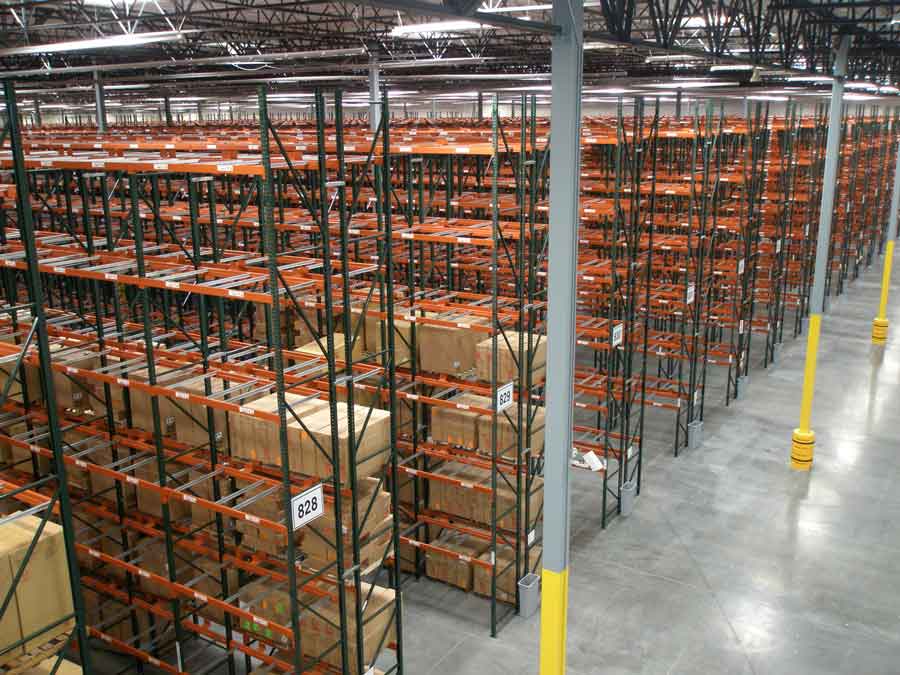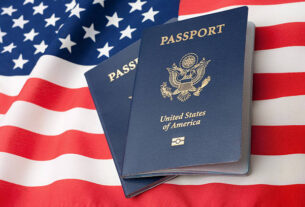Risk of unstable or overloaded shelve, There are shelves on houses almost everywhere, from homes to warehouses and workplaces, and they carry our everyday load. In all simplicity, if stocks are unstable or overweight, they create a significant risk of injuries. This article explores the dangers one could face, such as a shelf that could unexpectedly fall or be too heavily loaded, and provides workable ways to avoid them.
Table of Contents
Risk of unstable or overloaded shelve
If the shelves are not loaded properly or are overloaded, they are very susceptible to falling over and breaking, which may damage health and property. Identifying the elements that cause this risk is the key to establishing and maintaining a safety system.
Identification of impossible signs of shelving difficulties
It is important to note that shelves should be kept within the acceptable weight range to ensure they do not collapse, which could lead to accidents. Here are key indicators to watch for: Here are critical indicators to watch for:
1.Leaning or Tilting:
A sloped shelf can already be seen as a sign of the structure’s load-bearing due to its misplacement. It shows that the weight distribution is not even or that the shelves have not been secured. The shelves, which are usually leaning, are vulnerable to toppling, putting people in danger of being hurt, and can lead to the destruction of stored item2s.
2.Leaning Shelves:
Leaning shelves are caused by the failure of the weight of stored items to reach the shelves in the middle. It is failing the shelving unit. This means that the items on the shop floor carry hefty loads and, as a result, can’t handle the stress they’re under. In the long run, sagging shelves can lead to the failure of the complete shelving unit and the risk of not only the shelf falling off but even the entire thing crashing eventually. Sharing the loads or reinforcing the shelves is critical to avoiding what’s already happened.
3.Visible Damage:
Due to this, the staff is appointed to check the shelves repeatedly for any sign of damage, like cracks, chips, etc. Due to these defects, the shelf supports are now decreasing, and as such, they can break to actions as low as the original loads. Several manifestations are seen in accidents, wear and tear, or improper lifting of heavy raw materials. If any damage is found, it should be immediately fixed by replacing or repairing the shelves with the movements of the public to have a safe environment.
The Consequences of Overloading Shelves
Risk of Injury:
As a result of collapsing shelves, there can be injuries to the people around that may be minor bruises, but this can be severe trauma.
Property Damage:
For instance, caved-in shelves on stock inventory can cause significant damage to the items, equipment, or structure kept.
Operational Disruption:
Goods crashing down from unsteady shelves can shatter operations, eventually leading to shutdowns and lowering productivity and spending.
Preventing Accidents:
Adhere to Weight Limits: When assembling shelving units, honor the suggested weight limits given by manufacturers to prevent overloading.
Regular Inspections:
Regular inspections of shelves should be conducted to identify possible spots of raw damage or shelves with signs of non-adjustment.
Proper Loading Practices:
Divide weight equally among the shelves, and do not use cumbersome items for the upper shelf.
Secure Shelving:
Place stable self-suspending shelves tightly on the walls or the floor. Particularly in places with high traffic or those prone to vibrations.
Employee Training:
Provide hands-on training to equip personnel to load and handle materials. Shelve and maintain machines safely, and emerge safely from emergencies.
Taking Care of Unstable Shelves
.
Immediate Response:
Whenever instability is spotted, take immediate steps to make shelves unloaded or evenly weighted.
Reinforcement Measures:
To offer more stability and prevent breakdowns, reinforce shelves with extra support brackets, supports, or reinforcements.
Replacement Consideration:
Professional help is also reasonable and should be considered if severe damage has occurred or the shelves are structurally compromised. This will eliminate any risk caused.
Keeping Your House Safe:
Childproofing Measures:
In houses where children are young, shelves should be put in an upright position to prevent injuries or falls when they try to climb or fiddle around with them.
Organizational Strategies:
Put organizational skills into action by keeping the place clean and in order by removing unnecessary stuff. adequately organizing the items to prevent too much on the shelves and overloading them.
Conclusion:
Undoubtedly, the dangers arising from loose or overloaded shelves are worth more than we can imagine. Identification of the indicators of instability, abiding by the load limits, and routinely inspecting the shelves. The installation of proper safety controls ensures the safety of individuals and organizations amid such dangers. The topmost consideration regarding the safe operation of shelving units will be their effect on the safety of people and materials. It will have a positive impact on all people working at the organization since it will guarantee the security and productivity of the business.
- Also learn Disclosing Trulife Distribution Lawsuit
.



